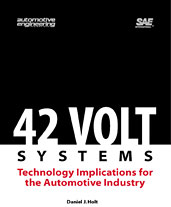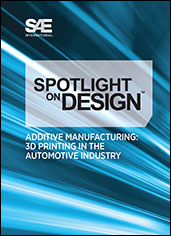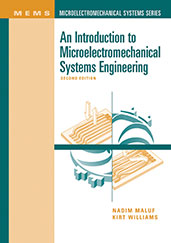Book

42 Volt Systems
2000-09-29
This report addresses the technical challenges engineers must face, including the issues of storage devices, generation of the 42 volts, and distribution of power. It contains information on all of the critical aspects related to the adoption of this technology.



















